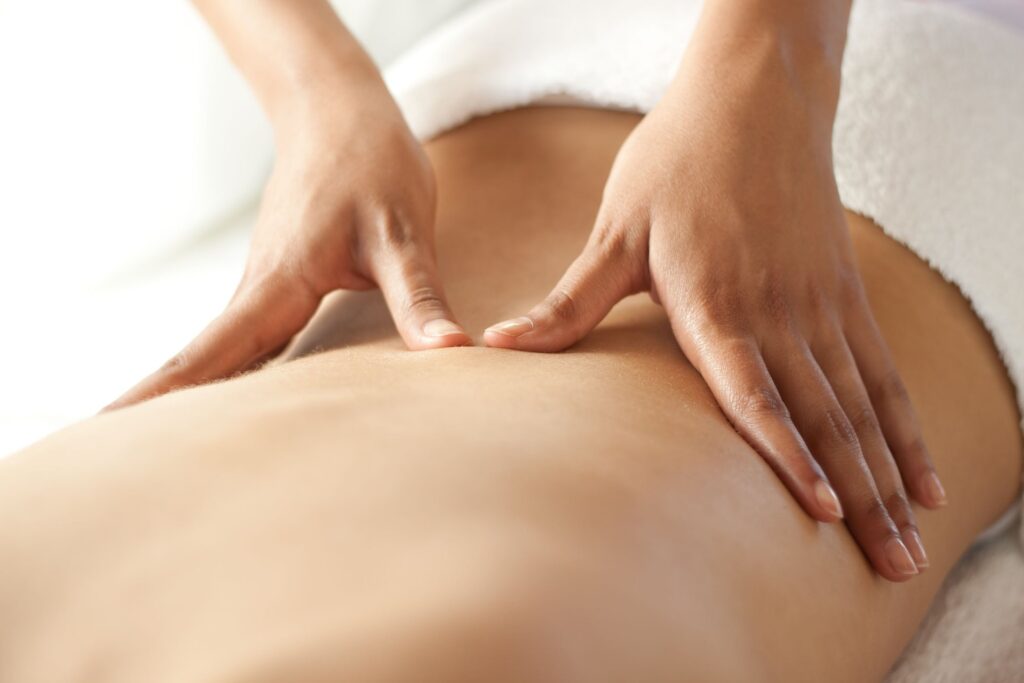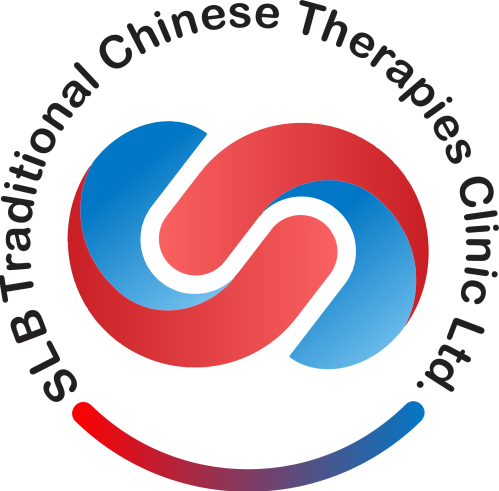Tui Na, also known as massage, is the oldest external therapy for mankind. Tuina therapy is one of traditional Chinese therapies
Tui Na techniques act on specific parts and acupoints of the human body under the guidance of its theory to achieve the purpose of disease prevention and treatment.
Tui Na has the functions of relaxing the meridians and collaterals, promoting the circulation of qi and blood, adjusting the functions of internal organs, lubricating joints, and enhancing the body’s ability to resist diseases.
It is precisely because of this effect that Tuina has obvious effects in the treatment of common diseases of the motor system and nervous system.

1. Tui Na Direct Effection
Tui Na works on the muscles by mechanics effect to loosen adhesions, relieve muscle spasm. It directly acts on surface of physical body, relieving local lesions.
2. Tui Na Indirect Effection
When Tui Na works on the muscles, the massage and pressure also stimulation Nerve-endocrine-immune network, regulate nervous system regulation, adjust visceral function.
Tui Na indicates sprain, contusion, soft tissue strain, stiff neck, muscle atrophy, frozen shoulder, cervical spondylosis, lumbar disc herniation, joint movement dysfunction, functional recovery after fracture, tenosynovitis, ganglion cyst, gastroptosis, gastrointestinal dysfunction, cold, early hypertension, headache, insomnia, hiccups, facial paralysis, hemiplegia, paraplegia, sequelae of polio, mastitis, dysmenorrhea, etc.
Tui Na contraindications: Acute infectious diseases, malignant tumors, bleeding tendency, schizophrenia, advanced tuberculosis, cachexia, acute purulent inflammation.
People with local thrombophlebitis, lymphangitis, and skin diseases are prohibited. Women should not massage the lumbosacrum, abdomen and lower limbs during pregnancy and menstruation.
Tuina therapy is a special therapy based on manual manipulation. The academic genre, which is one of its characteristic symbols, has also created distinctive personalities in their techniques due to their differences in teaching and clinical experience.
Therefore, there are more than one hundred massage techniques.
The common basic techniques of massage can be roughly divided into six categories: Pressing, Swinging, Friction, Pinching, Thumping and Moving joints.
Tui Na has emerged in clinical research on eliminating fatigue, delaying aging, reducing obesity, treating menopausal syndrome, skin beauty, etc., and emerging therapeutic advantages have emerged.
Tui Na therapy with no side effects is accepted and used by more and more people.
CLICK HERE to read more cases about Tui Na Therapy.
